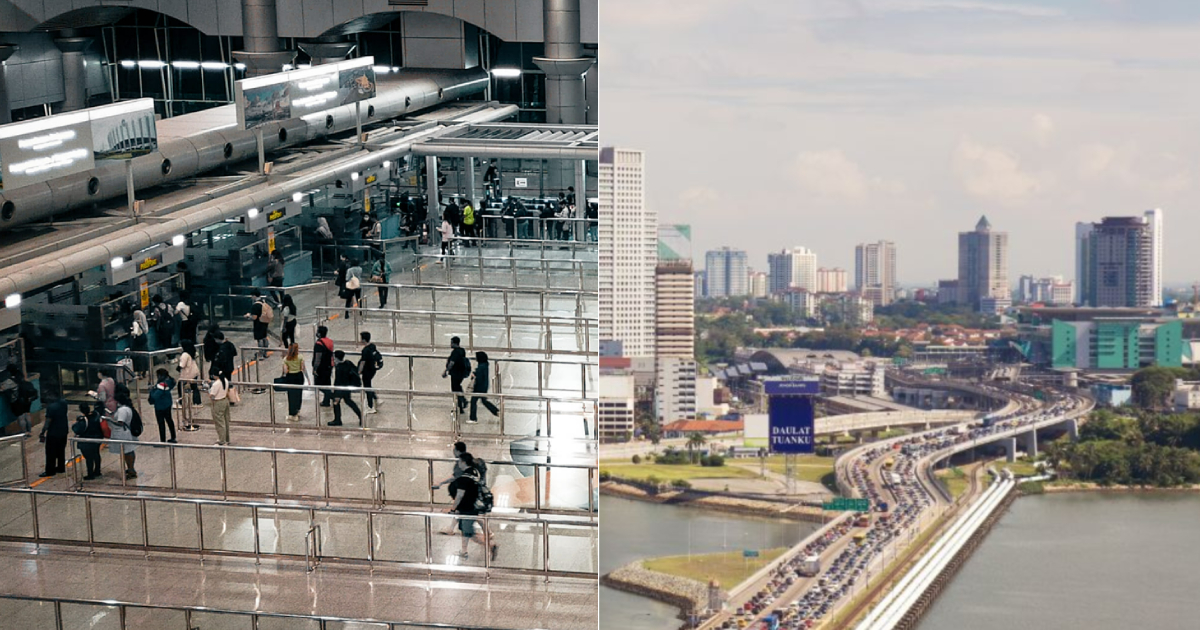Malaysia will be installing a QR code clearance system at both of Johor’s land checkpoints, allowing Malaysians travelling to Singapore on factory buses to clear immigration faster.
The pilot initiative will begin in June 2024 and will not be opened to travellers with Singapore passports for the time being.
It is expected to cut clearance time in half.
Pilot for Malaysian citizens onboard factory buses
The QR clearance system will be in use at both land checkpoints in Johor, namely, Bangunan Sultan Iskandar (BSI) in Johor Baru and the Second Link Kompleks Sultan Abu Bakar (KSAB) in Gelang Patah.
These immigration checkpoints connect to Singapore's Woodlands and Tuas checkpoints.
Johor’s Works, Transportation and Infrastructure committee chairman Mohamad Fazli Mohamad Salleh confirmed with CNA on Apr. 23 that the pilot will apply to Malaysian citizens who travel to Singapore onboard “bas kilangs” or factory buses.
Passport still needed to enter Singapore
Fazli said these travellers are still required to bring their passports because at this point the QR code systems for both Malaysia and Singapore function differently and are not yet integrated.
During the pilot initiative, immigration officers will use handheld scanners to scan the QR codes for each individual traveller on board the factory buses.
Travellers can obtain their QR code through an application on their mobile phone.
Further announcements on the implementation of the QR code system will be made by the Malaysia's Ministry of Home Affairs and the Immigration Department.
The plan is to widen the scope of travellers who can use the QR clearance system.
Singapore's QR code clearance system installed back in March
The QR code clearance system for Singapore's land checkpoints was recently installed in March 2024.
Singapore's Immigration and Checkpoints Authority (ICA) announced on Mar. 12 that QR codes will be used instead of passports for faster and more convenient immigration clearance.
Instead of handing ICA officers their passports at the car counter, travellers would only need to scan a single QR code for all travellers in the vehicle.
The QR code is generated before arriving at the checkpoint.
Top image via Unit Komunikasi dan Korporat Pejabat Imigresen Bangunan Sultan Iskandar and Canva.

If you like what you read, follow us on Facebook, Instagram, Twitter and Telegram to get the latest updates.



